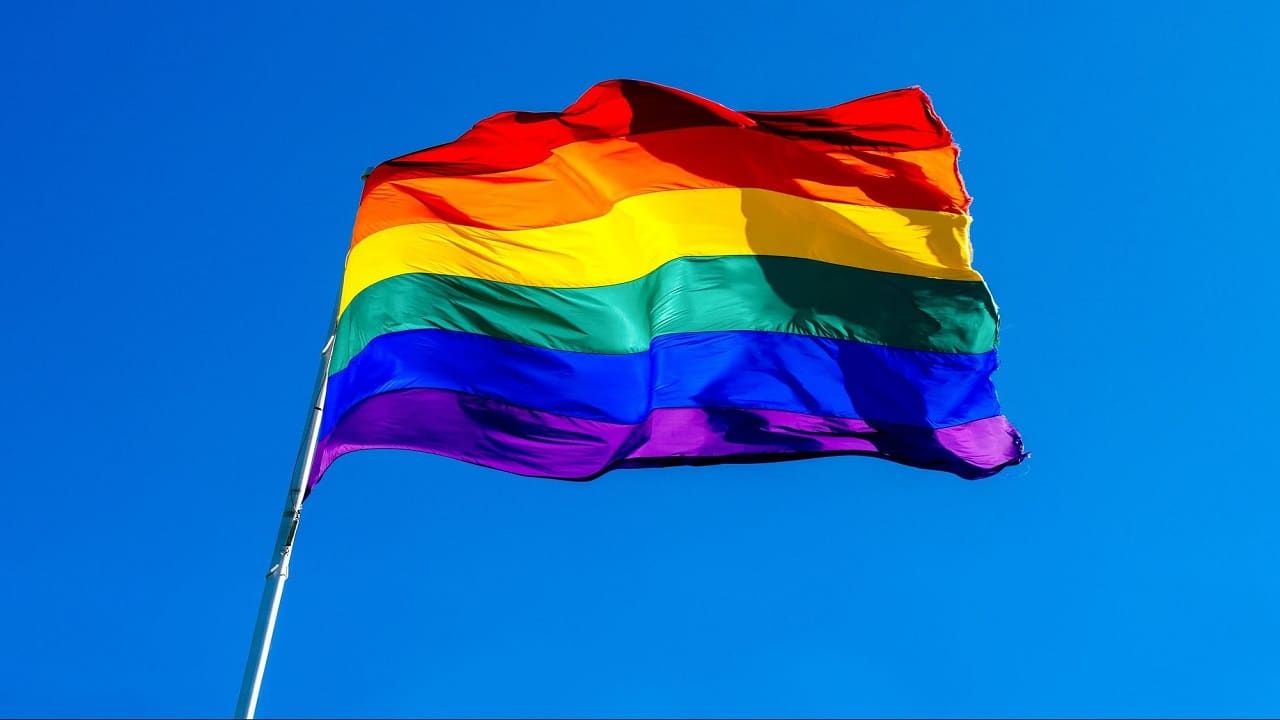
It is certainly no secret that many LGBTQ users turn to social media as lifelines, and that in return they obtain somewhat disappointing results. According to research from GLAAD, platforms like Facebook, Instagram, Twitter, YouTube, and TikTok have a relatively low safety index. A value calculated based on criteria such as gender pronoun options, explicit hate protections, and a ban on potentially discriminatory advertising. Social media all scored below 50 – out of a maximum of 100 -, with Instagram at the top of the rankings and TikTok at the bottom.
“Today’s political and cultural landscape demonstrates the harmful effects in real life of anti-LGBTQ rhetoric and online disinformation – he declares Sarah Kate Ellis, president and CEO of GLAAD -. Social media platforms are actively participating in the rise of the anti-LGBTQ cultural climate and their only response should be to urgently create safer products and policies and then enforce those policies. ” In response to the disclosure of a low security index for social media, Meta tried to defend itself as best it could. The company said it bans “violent or dehumanizing content directed against people who identify as LGBTQ +”. And that it will remove any claims about gender identity “on request”.
Twitter, YouTube and TikTok, on the other hand, did not respond to the claims shared by GLAAD. Despite the study’s findings being strong enough. According to the report, in fact, the main platforms have the tools to curb hate-fueled rhetoric “but instead prioritize profit over safety and LGBTQ lives”. Yet despite this, Jenni Olson – senior director of social media security at GLAAD – praised Twitter and TikTok. The platforms, in fact, have adopted policies against the intentional misgendering and the definition of transgender and non-binary people. And therefore she encouraged others to take a similar position, especially “in our current landscape, where anti-trans rhetoric and attacks are so widespread, vicious and harmful”.
Among Olson’s other recommendations are the introduction of tools for user expression. Greater transparency on how LGBTQ user protection policies are enforced. And a ban on third-party advertisers from targeting users based on their sexual orientation or gender identity. On the other hand, the situation is far from idyllic. GLAAD found in May that 84% of LGBTQ adults felt there were not enough protections against discrimination on social media. And as many as 40% admitted to not feeling safe on platforms. It is therefore evident that something will have to change. But will social networks ever really integrate LGBTQ communities?
Today everything has become digital, even the butcher's shop that sells cured meats. So if…
If you are looking for link 2000 of free monopoly go, you have landed on…
In today's world there are so many ways to eat, so many diets to follow…
Let's discover Agrati together, the company whose mission is precision, albeit in the context of…
In this review we will analyze Dragon's Dogma 2: the highly anticipated sequel to Capcom's…
Honor 200 Lite arrives, let's discover the features, price and technical data sheet of Honor's…